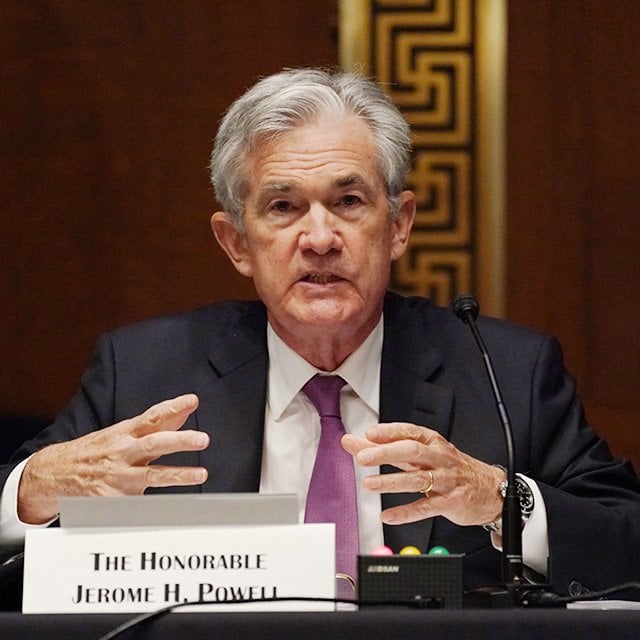Fed Raises Rates by Quarter Point, Signals Possible Pause

The emergency measures quelled market turmoil, allowing the Fed to continue its battle against inflation, but strains have resurfaced.
JPMorgan Chase & Co. agreed to acquire the troubled First Republic Bank in a government-brokered deal on Monday and shares of other regional lenders plunged on Tuesday. That’s raising fresh questions about how long policymakers will be able to maintain interest rates at elevated levels.
In its statement Wednesday, the FOMC reiterated that “the US banking system is sound and resilient.”
Tuesday also saw the release of a monthly Labor Department report showing job openings fell and layoffs jumped in March, in a sign that the job market is finally beginning to feel the impact of monetary tightening.
Political Pressure
Still, prospects of rising unemployment are ringing alarm bells in Washington as the 2024 presidential election campaign shifts into gear. A group of U.S. senators led by Elizabeth Warren and Bernie Sanders published a letter to Powell Monday, urging him to cease rate hikes.
While the Fed may be finished raising rates, Powell and his colleagues have pledged to keep them elevated for a time to make sure the central bank’s preferred measure of inflation — down from last year’s peak of 7% to 4.2% as of March — continues receding toward the 2% target.
Projections published after the March FOMC meeting showed officials were nearly unanimous in expecting it would be appropriate to maintain the federal funds rate above 5% through the end of 2023.
Investors don’t see that happening. Prices of interest-rate futures have long signaled an expectation in markets that the Fed would pivot to rate cuts in coming months. Earlier on Wednesday they showed around 70 basis points of easing priced by the end of the year.
Pictured: Federal Reserve Board Chairman Jerome Powell. (Photo: Bloomberg)




